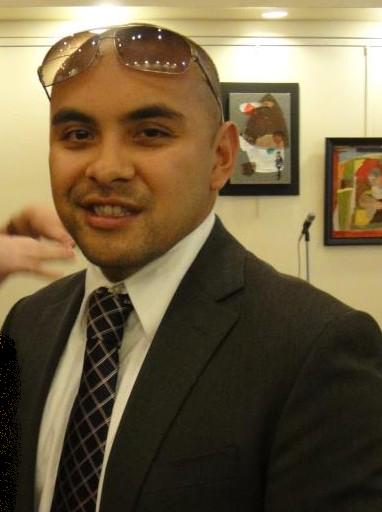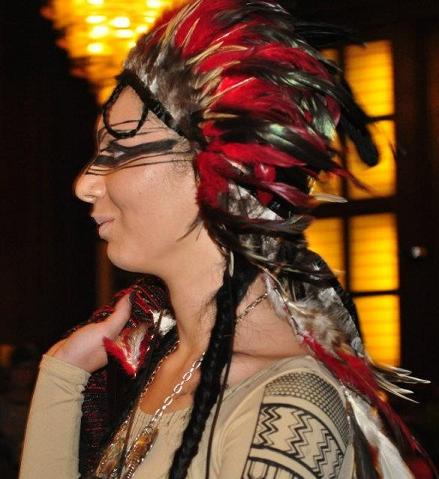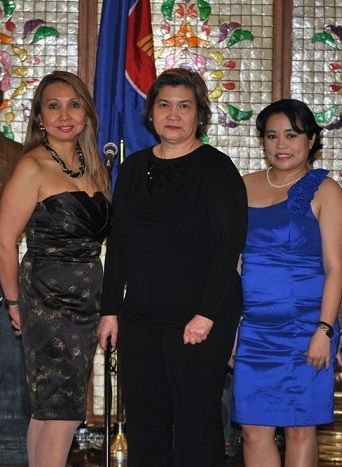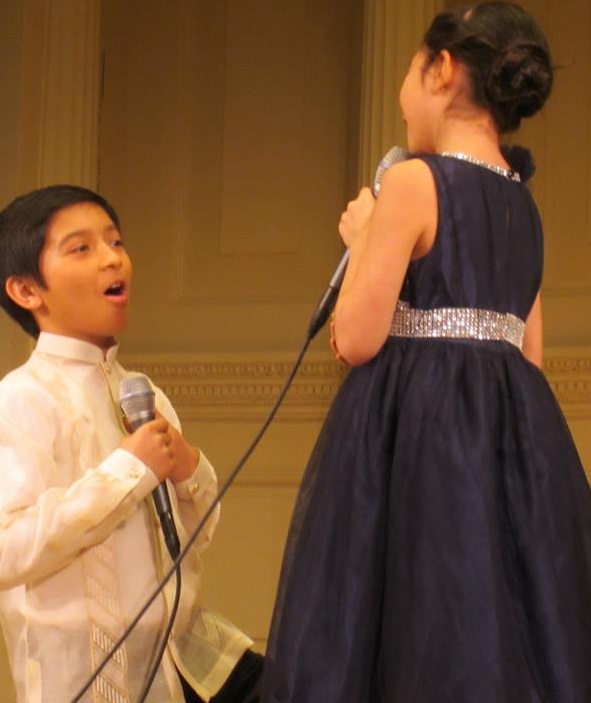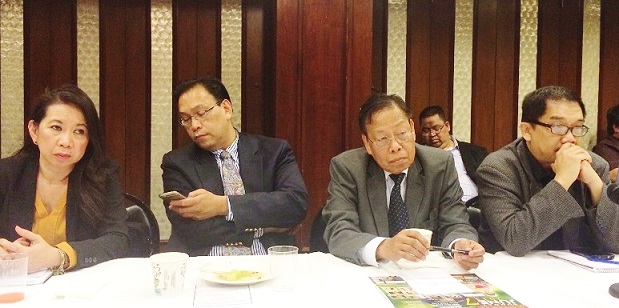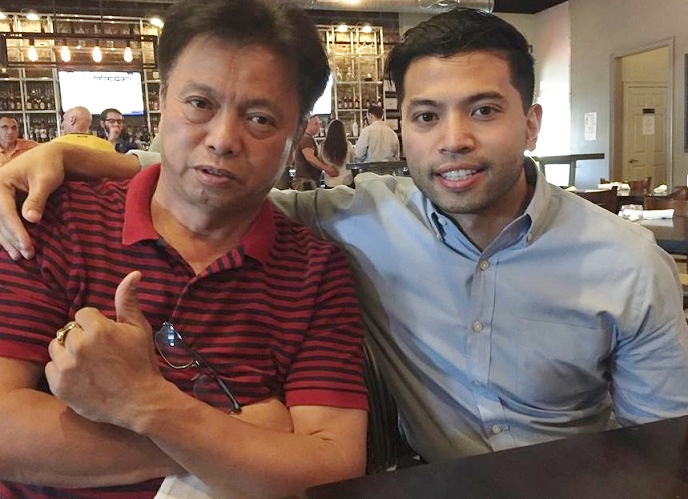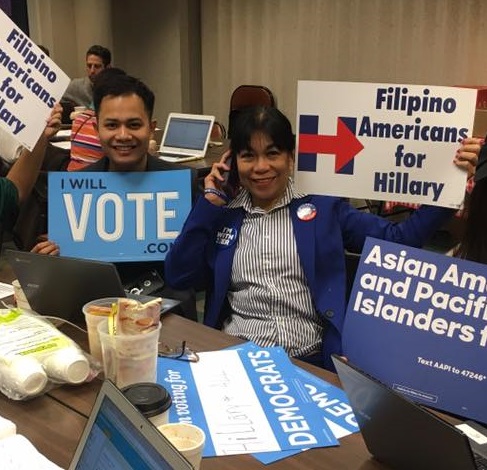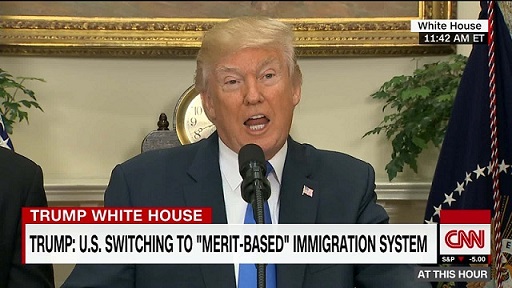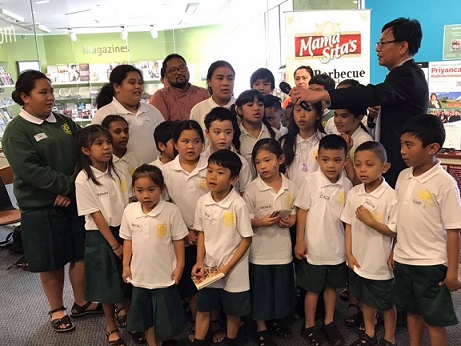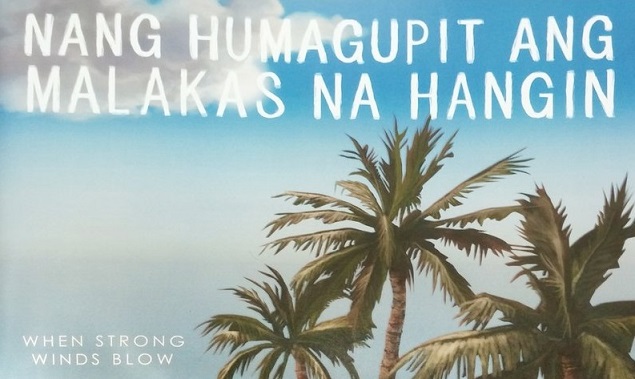‘When Strong Winds Blow:’ A children’s book with a message of hope
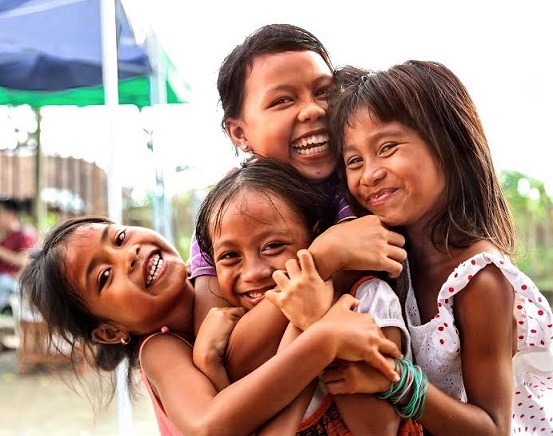
The children of Haiyan. Psychological trauma is addressed in Luke Thomley’s book published by Headwaters Relief Organization
By Julie Stroud
Typhoon Haiyan, known as Typhoon Yolanda in the Philippines, was the strongest typhoon ever recorded, with unprecedented wind speeds. Despite advanced warnings, Yolanda exacted a devastating toll on many Filipino provinces. Buildings and trees were leveled, and there was significant loss of life in the surge of water.
Headwaters Relief Organization joined a team of medical and mental health relief workers called by the Filipino government to aid in the response. Headwaters’ volunteers, led by licensed psychologist Rebecca Thomley, organized ad hoc medical stations, helped to triage physical trauma, and occupied the children with stories and games designed to assess the psychological trauma they had experienced.
Luke Thomley, at 17 a seasoned disaster relief volunteer who organized activities for the children, returned with a mission to write a book that would help them cope with the trauma that the storm had left in its wake. Luke turned to his grandmother, Marya Hage, a licensed psychologist and long-time Red Cross volunteer, for help in understanding the psychological challenges children face after a disaster.
She told him: “After the storm, children may experience reactions such as head and stomach pain, bad dreams, and fear of the return of the storm that is triggered by regular rain or other natural phenomena. Some may want to be close to others while others isolate themselves from contact. Older children might act out of take dangerous risks. Emotional reactions can include anger, sadness, depression, loneliness, mood swings, and guilt. It is not unusual for adults to have trouble making a decision, or feel out of control.”
Marya and Luke highlighted common reactions to reassure the children that what they were feeling was normal, and that they could expect to gradually move back to a place of comfort.
Where would a child turn when he/she was in trouble? They found that Filipino children are very respectful of older adults, including older siblings, and decided to have the child in the book turn to a teacher.
Luke also reached out to Kathy Holz, an artist friend of his mother’s, to lay the groundwork for the book’s drawings. He said, “I wanted to see the symptoms and remedies reflected in the art, and talked to Kathy about the images we had seen in the Philippines. For example, there were chickens everywhere!” Marya agreed, and added that seeing something playful and familiar such as a chicken or other animal could help a child distance himself from difficult emotions.
Artist Kathy Holz relished the opportunity to provide the drawings, despite physical limitations imposed by a lengthy struggle with cancer.
“I remembered reading to my nieces and nephews, and the pictures were important ways to transcend age and language barriers. I did some research on the Philippines to learn more about the culture. I noticed that children are involved in the planting – even young children. I felt good about depicting them as participants in bringing back the vegetation to their community,” she said.
A Native American, Kathy portrayed the storm as a force of nature, and gave the wind a face in one of the pictures. She explained, “In Native American culture, wind and air and all natural phenomena has an identity, life force, and spirit. I think children understand this, because when they hear the wind blowing and see or feel its force, they run from it.”
Kathy’s completed pencil drawings were sent to Dennis Lo, a consultant and instructor at the Minneapolis College of Art and Design, who colored them. Each contributor to the book suggested a name, and “When Strong Winds Blow” was the popular choice. The book was translated into Tagalog, the principal language, then printed on moisture-resistant paper and readied for shipment to the Philippines.
A Headwaters’ team returned to the Philippines in 2014, working with the Department of Health to distribute the books to schools. Luke remembered: “I would work with other volunteers to read the book to the children while my mother worked with the teachers on how to use it in the classroom. We were surprised by the power the book held for adults as well as children.”
The picture book had universal appeal. Many relief groups had brought materials on trauma for the adults, but they were clinical in nature. It was the simplicity of the children’s book, with a focus on symptoms and strategies for coping and building resilience — told in English, Tagalog, and pictures — that spoke powerfully to everyone.
There were two ironies revealed on the trip. “When Strong Winds Blow” turned out to be a phrase commonly used by the children when speaking about the typhoon.
Luke noted, “It was a good title, because the children are still afraid of the winds. It addresses the fears they are having now, in language they understand.” The second? In every school visited, the children had planted bamboo as a symbol of recovery. Artist Kathy Holz had featured bamboo in her pictures without being aware of that.
Luke looks forward to returning to the Philippines to deliver more copies of “When Strong Winds Blow.” The Twin Cities’ Filipino community has donated enough money to do a significant reprinting of the book.
For Luke, disaster relief is a family affair. “I started going on relief trips with my family when I was in second grade, starting with New Orleans after Katrina. I’ve responded to disasters around the country, in Haiti, and have taken two trips to the Philippines. I’ve gone from painting walls to being a team lead on the classroom discussions.”
Creating the book was an opportunity to work with two women who are key inspirations to him: his grandmother, who is also a best friend, and Kathy, his mother’s childhood friend who is like a second mother to him. Luke said of this collaboration, “It is great that we all got to work together to produce something that would help people to reclaim their lives after a disaster.”

